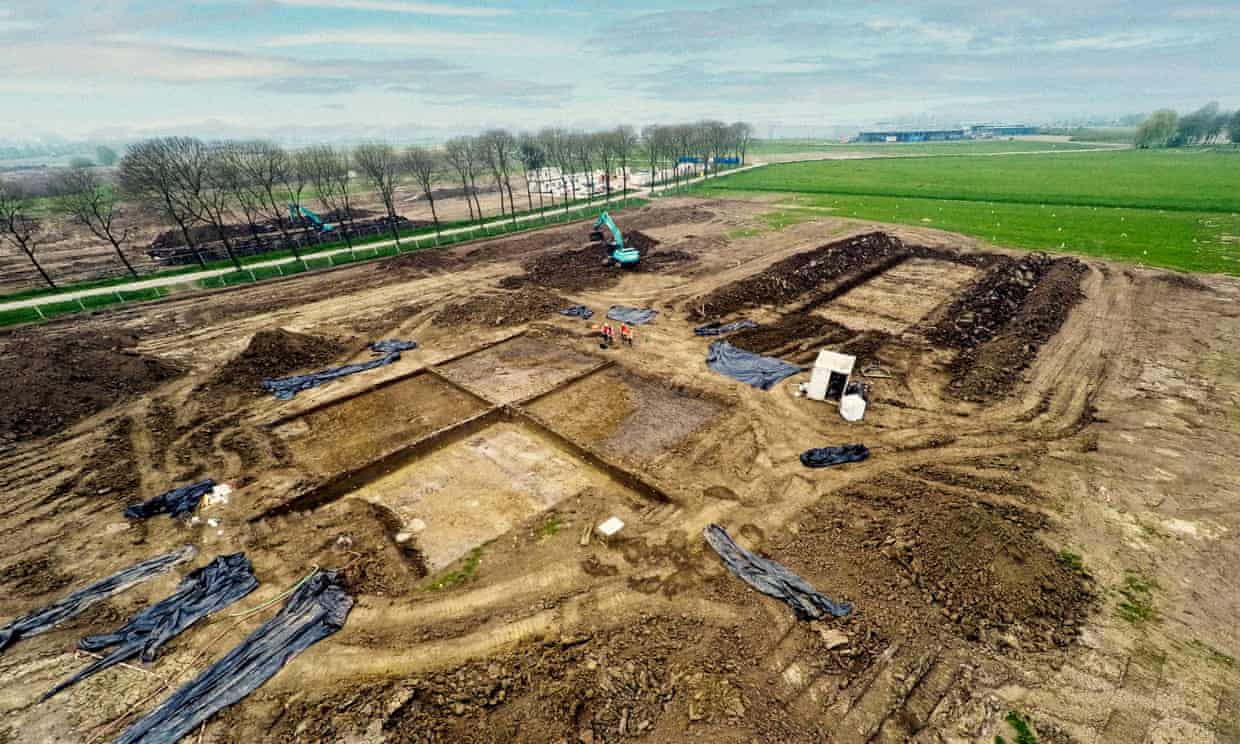
The Tiel sanctuary featured a solar calendar that was used to determine important events including festivals and harvest days, say archaeologists.
Photograph: Municipality of Tiel/Reuters
Photograph: Municipality of Tiel/Reuters
Dutch archaeologists have unearthed an approximately 4,000-year-old religious site – nicknamed the “Stonehenge of the Netherlands” – that includes a burial mound that served as a solar calendar.
The mound, which contained the remains of about 60 men, women and children, had several passages through which the sun shone directly on the longest and shortest days of the year.
The town of Tiel, where the site was discovered, said on its Facebook page: “What a spectacular archaeological discovery! Archaeologists have found a 4,000-year-old religious sanctuary on an industrial site.”
It added: “This is the first time a site like this has been discovered in the Netherlands.”
Read the rest of this article...



